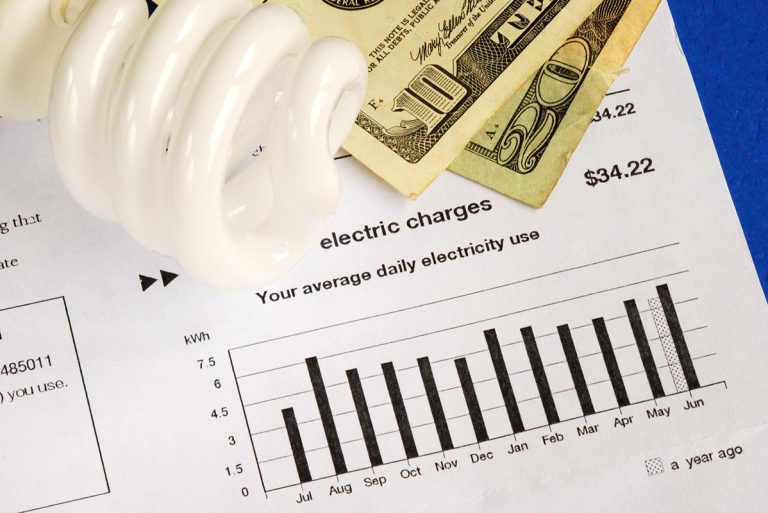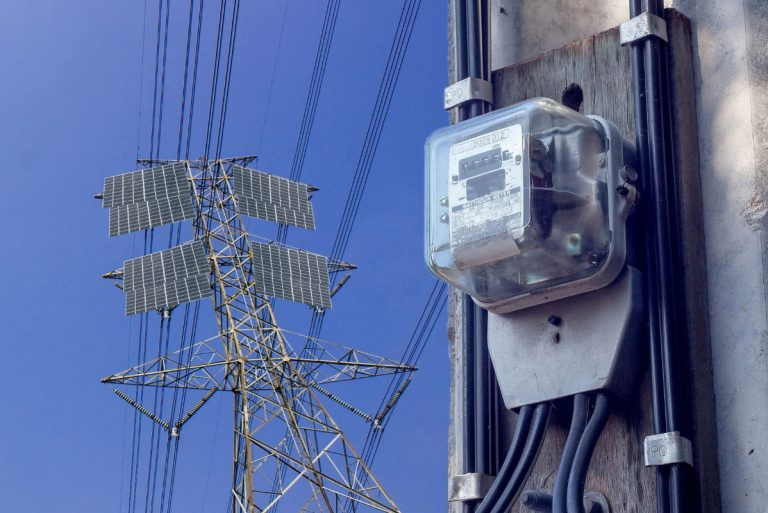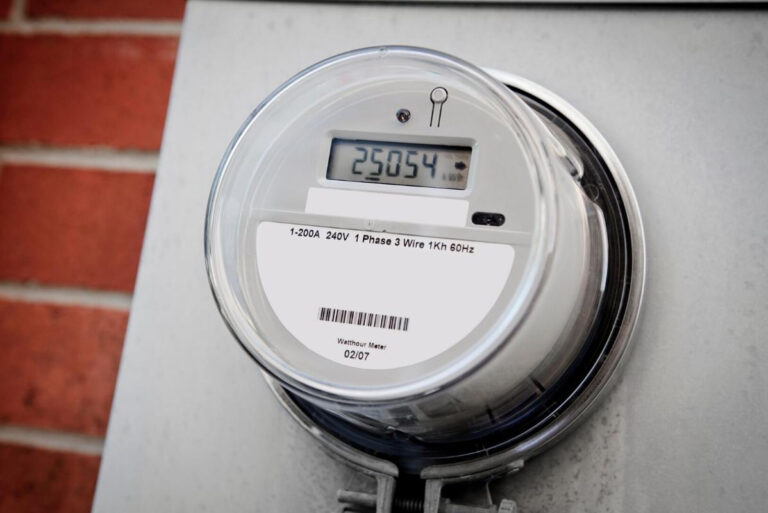Are you considering solar power for your home, but doubtful if it’s really worth it? You may have heard that the best solar panels on the market achieve an efficiency of “only” 23%.
Researchers have developed many technologies that boost photovoltaic (PV) efficiency. Fortunately for energy-conscious consumers, they are becoming standard features on many solar panel brands selling both first- and second-generation solar cells.
Solar panel technologies to boost efficiency
Here’s a brief look at the major PV technological advances in efficiency to date with a glimpse into the future of photovoltaics, too.
1. Passivated emitter rear cell (PERC)
As thin-film technology developed in the ‘80s, PERC is an add-on technology that aims to improve the efficiency of first-generation solar cells.
In this technology, there are two layers applied to the back of the crystalline silicon cell. They enhance the movement of electrons in the cell. They also bounce back light that has passed through the cell the first time onto the surface so that it can be converted to usable electricity.
PERC affords a 1% increase in efficiency which is admittedly modest at best.
Also, PERC solar cells are susceptible to a specific type of degradation called “light and elevated temperature-induced degradation,” (LeTID), which reduces efficiency over time.
One study found that up to 20% efficiency could be lost in 2-3 years from PERC.
Hopefully, further developments will rectify the problem of reduced efficiency with PERC. In the meantime, check your warranty to see if your PERC-enhanced system is covered for power loss. Look for a 83+%/25 yrs. power warranty or higher. (That is, after 25 years, your solar system is producing 83+% of its original power output.)
2. Heterojunction technology (HJT)
In its quest to increase efficiency and power output of PV cells, Sanyo (later Panasonic) developed heterojunction technologies (HJT) in the 1980s. Once its patent expired in 2010, many solar companies conducted HJT research to improve panel efficiency. They wanted to integrate this advance into their own products.
Many of the highest efficiency panels on the market today, like REC Group’s Alpha Series, use this technology.
In HJT, a thin-film amorphous-Si, (a-SI), layer — with no regular crystal structure — is added on both sides of a mono-Si or poly-Si wafer. These extra layers of PV material can capture solar energy that the silicon wafer didn’t absorb. Then, more solar energy can be converted into electricity.

Thin-films are easy to produce and less costly than first-generation solar cells. By themselves, they are not very efficient, topping out at around 12%. But when they are used in HJT, overall PV efficiency increases — often up to 21% or more.
That’s comparable to the best solar panels on the market today.
HJT requires fewer manufacturing steps than other technologies used to increase efficiency, and so is cheaper than many, including PERC.
The fact that amorphous-Si performs well in heat while crystalline silicon panels do not is a major factor in their ability to boost efficiency in HJT. PERC, by contrast, suffers from light and heat degradation.
3. Half-cell technology
Do you know 20-30% of shading can lower the power output of a single module by up to 40%? That’s lost money in energy savings for you.
Shading on a particular panel and the power loss from it is a problem with solar energy. This is not the same thing as shading on several panels. That problem requires something like a microinverter to solve.
Bypass diodes help the issue of efficiency or power loss from shading on one cell significantly, but it doesn’t hurt to have extra security. Half-cell technology provides it.
As it is so named, half-cell technology is based on the principle that more PV cells means less resistance to the flow of electrons in the circuit. So, for example, a typical 60-cell module will have 120 half cells — each one sliced in two — with only half of the resistance.
This equates to less resistance to the electric current moving in your array, and, therefore, slightly greater efficiency.
Half-cell technology can increase overall panel efficiency by up to 2-3%.
Latest developments in solar panel efficiency
The search for ways to boost efficiency and power output of PV arrays while keeping costs down has been ongoing since solar energy became a viable renewable energy option.
As our climate crisis intensifies, investigating technologies that do not adversely affect the environment is also becoming a priority.
So, it’s no surprise to discover a wide variety of photovoltaic applications making it to the market today.
Here are a couple of solar developments that homeowners can purchase right now, either alone or in combination with other solar improvements. They hold much promise in harnessing radiant energy for usable electricity.
4. Bifacial solar panels
Conventional mono-Si or poly-Si crystalline panels expose only one side to sunlight. Bifacials literally bring both sides to light. Research began in the 1960s on bifacials, but didn’t take off until the 2010s.
Efficiency in bifacials with solar tracking may increase by up to 40% compared to monofacial panels, but in most cases a 6-9% improvement is more common. (Solar tracking involves continually adjusting the angle of the PV panels to capture the most radiant energy throughout the day.)
In bifacials, the traditionally dark backsheet is replaced with a transparent material, usually glass. The aluminum frame is often left off as well.

Source: lg.com
Bifacial solar systems are typically ground-mounted to allow space for the already-passed-through light rays to reflect onto the back PV panels.
In recent years, the cost of bifacials has dropped, becoming competitive with monofacial panels of the same type and quality. Now they cost about 5-6 cents more per watt than their conventional counterparts.
5. Building-integrated photovoltaics (BIPV)
The most common example of BIPV is solar shingles, first commercially available in 2005. These are solar cells that replace asphalt shingles on your roof. Each one can easily produce 60 watts. Some brands generate up to 100 watts of electric power per shingle.

Source: Wikimedia / Littleha
Solar shingles may be mono- or poly-Si. Thin-film technologies are also used in BIPV.
Currently, solar shingles are not economical unless you’re ready to replace your roof. After the tax credit, solar shingles may cost $2.83/watt.
6. Concentration photovoltaic cell (CPV)
Using optical collectors like lenses and mirrors, CPV concentrates sunlight and focuses it on a small photovoltaic cell. Usually, the solar cell is one designed for space or military applications built to withstand high heat. For the highest efficiency (so far, about 30% in the field but up to 43% in the lab), multi-junction solar cells are used.
In order for this system to work maximally in harnessing the greatest amount of direct irradiance, a double-axis solar tracking device with active cooling is needed to avoid thermal damage to the materials. Entering light rays must remain perpendicular to the lens at all times.

Source: Brücke-Osteuropa – via Wikimedia Commons
CPV is not very popular for residential use for many reasons, despite the incredible efficiencies it possesses.
For example, CPV costs 2.5-4 times as much to install as traditional silicon panels. It works well only on clear, sunny days, and the trackers need plenty of space. Maintenance costs are high as well.
Solar panel efficiency improvements in research [2021]
Third- and fourth-generation solar panels are undergoing rapid development as scientists strive for higher efficiencies over the 33% theoretical limit of silicon PV cells. They also hope to minimize costs — both material and environmental.
Among the most up-and-coming are a wide array of multi-junction solar cells and perovskites.
7. Multi-junction solar cells
Multiple-junction solar cells, also called stacked cells, have greater efficiencies than single-junction cells. Thus far, efficiencies of approximately 45% are frequently achieved under laboratory conditions.
They appear to be bright additions to a clean energy revolution, and are finding some commercial applications in space technology today. However, multi-functionals are still very expensive and not yet readily available for residential use.
Multi-junction PV cells are based on the fact that different semiconductive materials absorb solar radiation at different wavelengths. However, to make them work together, simply stacking two, three, or more materials is not enough. They are often too structurally different for that.
Thus far, researchers have come up with two solutions to getting stacked cells to perform. For one, they may create tunnel junctions through the layers into which electrons move.
Or, they may use different semiconductive materials that can chemically bond together easily. Energy circulates through the chemical connections, making the materials electrically connected as well.
The highest multi-junction PV cell efficiency in the lab to date has achhieved 47.1% using six multi-junctions.
8. Perovskite solar cells
Perovskites is a general name for a large group of chemical compounds with a structure like a naturally-occurring substance named calcium titanate. They are easy and inexpensive to produce. Many have excellent photovoltaic ability.
In 2012, the first thin-film perovskite with an efficiency of 10% was created. Since then, rapid advances have brought it up to 25% under lab conditions.
“Perovskite on silicon” tandem cells are breaking records at 29.1% efficiency with no end in sight. The prototype maintained this level of efficiency for 300 hours. Given that current perovskites are not heat stable at all, this length of time is extraordinary.
Of course, perovskites have a long way to go until they can compete with first-generation Si cells that last for 25+ years with minimal degradation and efficiency loss.
Wrap up: solar panel technologies designed to increase efficiency
While solar cells have been under development in earnest since the 1950s, several technologies designed specifically to boost panel efficiency were also being attempted in the lab. Many of these efficiency enhancements made it to commercial production decades later. They are commonly used on first- and second-generation PV cells today.
By increasing efficiencies from merely 1% up to 10%+ each, these advances convert more radiant energy into usable electricity. They may be used together or separately.
Here are examples of some of the most efficient PV technologies for increasing efficiency:
- HJT
- Half-cell
- Bifacials
More recently, multi-junction solar cells and perovskites hold much potential in achieving even greater efficiencies in PV panels.
To learn more about technological advances, check out our post about wireless electricity.











